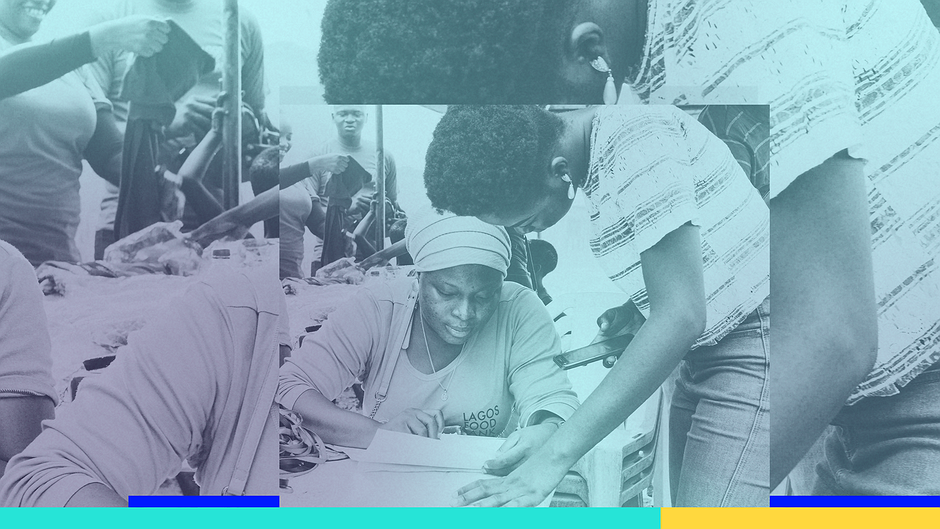Advocacy
90 mins
Open source investigations for human rights: Part 2

- Abstract:
- This course is intended as a guide to using open source research methods in practice, with a focus on human rights investigation and advocacy. It will provide detailed instruction on cutting-edge tools and techniques of OSINT through lessons taught by experts and practical training exercises.
- About this course:
- While open source information has demonstrated immense value in modern fact-finding, the abundance of digital content that exists in the world today and risk of encountering mis- and disinformation places new demands on researchers. Thus, making effective use of these digital data-streams requires human rights investigators to be equipped with the skills needed to discover, analyse, and verify relevant content. This course provides practical instruction in the essential tools and investigative techniques used by open-source human rights researchers, including case studies and training exercises based on Amnesty’s pioneering use of these methods in the human rights sphere.
- What do I learn:
- This course will teach you how to use popular social media platforms to discover and monitor content related to possible human rights violations. It will also share best-practice for preserving content and structuring data for further analysis and use in advocacy or the pursuit of legal accountability. You will also learn how to verify content, including confirming the time, date and location of when an image or video was captured, and analyse features such as weapons or other military equipment.
- What do I need to know:
- This course is useful for anyone with an interest in using open source information and research techniques to monitor and report on human rights violations. It is strongly recommended to have taken the course ‘Open source investigations for human rights - Part One’.
Trainers
- 1.1 Introduction to the course
- 2.1 Overview of tools2.2 Platform Neutral searching2.3 Twitter for discovery2.4 YouTube for discovery2.5 Facebook for discovery2.6 Social media discovery exercise2.7 Translation Tools and Techniques
- 3.1 Overview of monitoring tools3.2 Monitoring with Tweetdeck3.3 Monitoring with Snap Map3.4 Exercise
- 4.1 Preservation and Documentation overview4.2 Preservation Basics4.3 Importance of documentation for human rights fact-finding and legal accountability4.4 Case Study of data structuring (US Protests)
- 5.1 Fundamentals of Verification Review5.2 Reverse image search for photos5.3 Reverse image search for videos5.4 Exercise practising reverse image search5.5 Exif data5.6 InVID plug-in5.7 InVID Exercise
- 6.1 Introduction to geolocation6.2 Google Earth Pro tutorial6.3 Other useful tools - Mapping and Streetview imagery6.4 Case study - Looking at buildings - Idlib hospitals6.5 Case study - Looking at buildings - Hong Kong (street view)6.6 Case Study - Panorama (Somalia)6.7 Case Study - Topography (Myanmar)6.8 Chronolocation6.9 Chronolocation and geolocation exercise
- 7.1 Intro to Advanced Open Source Techniques7.2 Weapons Analysis Basics7.3 Case study - Yemen7.4 Satellite imagery and Remote Sensing7.5 Case Study - Myanmar
- 8.1 Wrap up video
Related courses
 CUNY Brooklyn College
CUNY Brooklyn College
90 mins
 CUNY Brooklyn College
CUNY Brooklyn College
40 mins
 Greenpeace Mob Lab
Greenpeace Mob Lab
40 mins
 Greenpeace Mob Lab
Greenpeace Mob Lab
Suggested reading

Blog
Building Capacity for Monitoring & Documenting Human Rights Violations
The purpose of this assessment is to evaluate the efficacy of strategies used by HRPs/HRMOs for communicating during blackouts. The goal of this project envisages to see a ZimbabweanCivilSociety that is prepared to document and monitor human rights violations without hiccups during internet shutdowns.

Blog
Advocacy Assembly Internet Shutdown Academy: Creative Strategies to Fight Back
Internet shutdowns are occurring increasingly globally, posing significant threats to freedom of expression, access to information & economic growth. These shutdowns manifest in various forms through different technical measures & are implemented by governments in various circumstances. Responding to this threat of internet shutdowns, Advocacy Assembly designed the Internet Shutdown Academy, a set of 10 full online courses in 7 languages!

Blog
Evaluating the Efficacy of State-Imposed Telecom Shutdowns in Northwest Nigeria
This article casts doubt on the shutdowns' effectiveness in curbing banditry, exposing alternative explanations for any temporary decrease in attacks. It questions the legitimacy of justifying these shutdowns as effective counter-terrorism measures, advocating for alternative approaches that prioritize community engagement, human rights, and development initiatives to address the root causes of insecurity and foster lasting peace in Northwestern Nigeria and Nigeria at large.

Blog
Impact of the Twitter Ban in Nigeria
This post is a research study on the impact of the Twitter ban in Nigeria on Human Rights Monitoring, Advocacy and Creativity. Read more.

Blog
Four Free Toolkits to Fight Internet Shutdowns
Let’s tell you a little bit more about each toolkit!

Blog
The Impact of Internet Disruptions on Farmers in Nigeria
In Nigeria’s Northwestern Sokoto State, farm workers grapple with geopolitical challenges, shifting climate realities, and economic turbulence. However, they now face a new, growing threat: a troubling rise in internet disruptions, which threatens their ability to work in an increasingly digitally connected world. Read more.
